NASA reveals new animation of enormous El Nino phenomenon forming, and California warns residents to get prepare.
According to NOAA, this year’s is one of the strongest El Ninos on record and predicts cooler and wetter winter for the South and warmer and drier for the North.
Above: In this side-by-side visualization, Pacific Ocean sea surface height anomalies during the 1997-98 El Niño (left) are compared with 2015 Pacific conditions (right). The 1997 data are from the NASA/CNES Topex/Poseidon mission; the current data are from the NASA/CNES/NOAA/EUMETSAT Jason-2 mission. Caption: NASA/JPL-Caltech
Every two to seven years, an unusually warm pool of water — sometimes 4 to 5 degrees Fahrenheit (2 to 3 degrees Celsius) higher than normal — develops across the eastern tropical Pacific Ocean to create a natural short-term climate change event. This warm condition, known as El Niño, affects the local aquatic environment, but also spurs extreme weather patterns around the world, from flooding in California to droughts in Australia. This winter, the 2015-16 El Niño event will be better observed from space than any previous El Niño.
This year’s El Niño is already strong and appears likely to equal the event of 1997-98, the strongest El Niño on record, according to the World Meteorological Organization. All 19 of NASA’s current orbiting Earth-observing missions were launched after 1997. In the past two decades, NASA has made tremendous progress in gathering and analyzing data that help researchers understand more about the mechanics and global impacts of El Niño.
Lesley Ott, research meteorologist at NASA’s Goddard Space Flight Center, Greenbelt, Maryland, said:
“El Niño is a fascinating phenomenon because it has such far-reaching and diverse impacts. The fact that fires in Indonesia are linked with circulation patterns that influence rainfall over the United States shows how complex and interconnected the Earth system is.”
For NASA’s El Niño: sealevel.jpl.nasa.gov
Images credit NASA/JPL-Caltech
source jpl.nasa

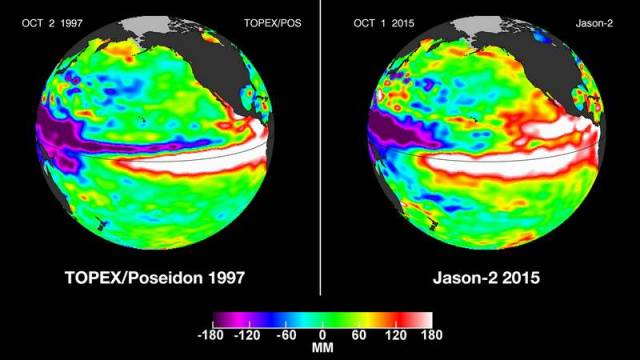
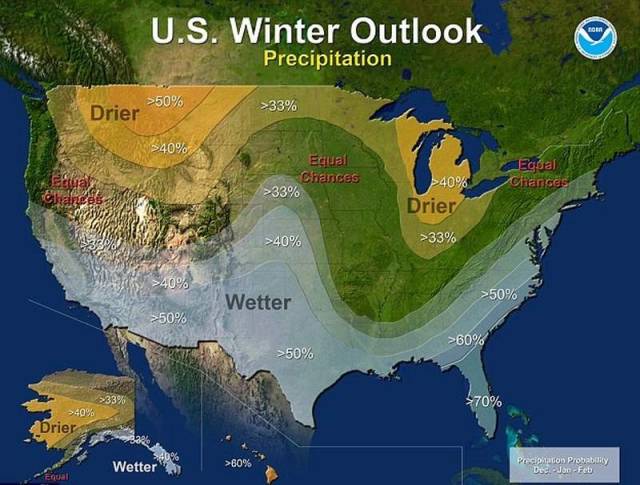
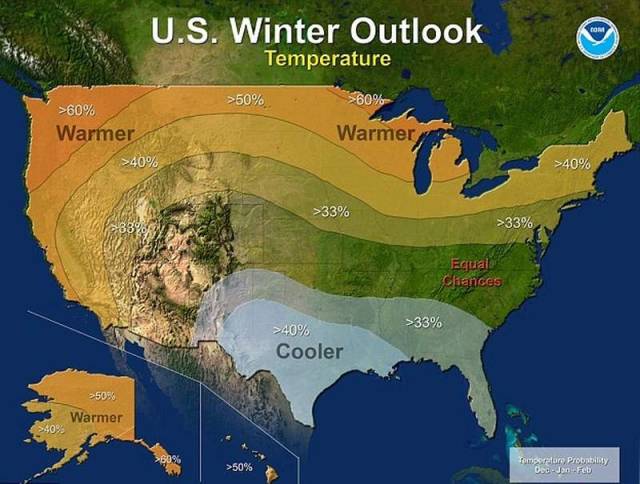
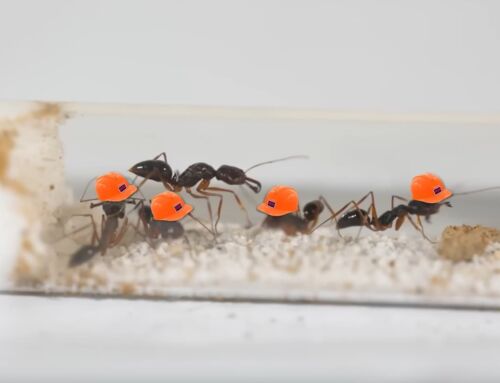

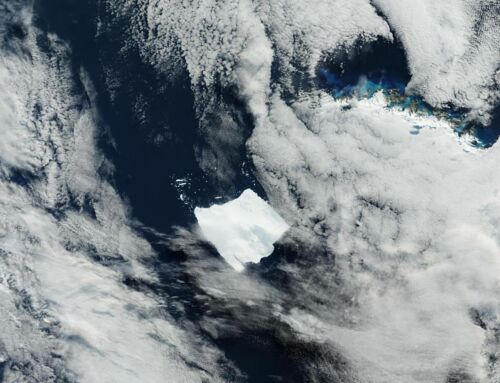

Leave A Comment